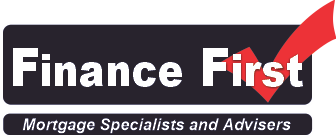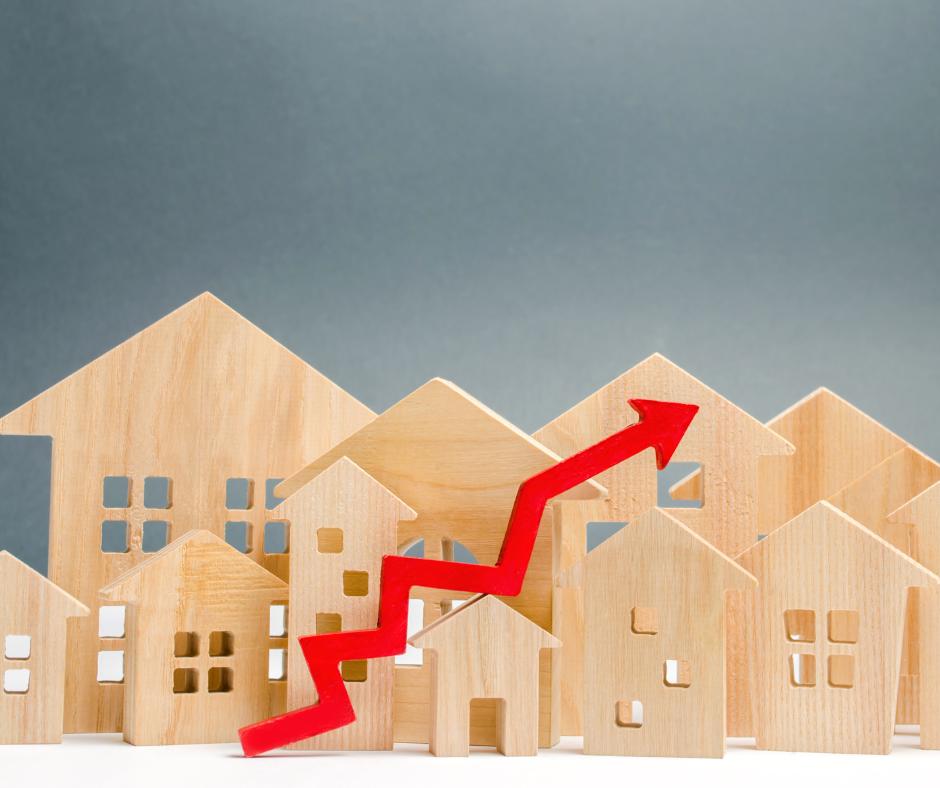When it comes to making a significant financial decision, few choices are as crucial as selecting between fixed and variable interest rates. These two options form the cornerstone of lending and borrowing, influencing everything from mortgages to personal loans. Understanding the advantages and disadvantages of each can empower you to make a well-informed choice that aligns with your financial goals and risk tolerance.
Fixed Interest Rates: Stability Amidst Certainty
Pros:
- Predictable Payments: One of the key benefits of opting for a fixed interest rate is the predictability it offers. Your monthly payments remain constant throughout the loan term, regardless of market fluctuations. This stability can be a great relief, especially when planning a budget.
- Long-Term Planning: Fixed rates are ideal for individuals who prioritise long-term financial planning. With a clear understanding of the interest component, you can effectively plan for future expenses and investments.
- Protection Against Rate Increases: If the market experiences an upswing in interest rates, you remain shielded from rising costs, as your interest rate remains unchanged. This can be particularly advantageous in times of economic volatility.
Cons:
- Initial Rates May Be Higher: One drawback of fixed rates is that they typically start higher than variable rates. This means your initial payments could be greater, potentially impacting short-term affordability.
- Limited Potential for Savings: If market interest rates decrease after you’ve locked in your fixed rate, you might miss out on potential savings on interest payments.
Variable Interest Rates: The Fluctuating Landscape
Pros:
- Initial Rates Are Lower: Variable interest rates often start lower than their fixed counterparts, making them attractive to borrowers seeking more affordable initial payments.
- Potential for Savings: If market interest rates remain steady or decrease, borrowers with variable rates could benefit from lower overall interest payments compared to fixed-rate borrowers.
- Flexibility: Variable rates offer flexibility that fixed rates don’t. If you’re confident in your ability to manage financial fluctuations, this option might suit you well.
Cons:
- Payment Uncertainty: The most significant drawback of variable rates is the uncertainty they introduce into your monthly payments. As market rates shift, your payments can increase, making budgeting more challenging.
- Exposure to Market Fluctuations: Economic changes can lead to sharp increases in interest rates, which could substantially raise your borrowing costs. This can be a concern if you’re risk-averse.
- Long-Term Planning Challenges: The fluctuating nature of variable rates can complicate long-term financial planning, as you might not have a clear picture of your future interest expenses.
Which Is Right for You?
The decision between fixed and variable interest rates ultimately hinges on your individual financial circumstances, risk appetite, and future plans. If stability and predictability are paramount for you, a fixed rate might be the safer choice. On the other hand, if you’re comfortable with some level of risk and are seeking the potential for savings, a variable rate could align better with your goals.
To make an informed choice, evaluate the current economic climate, consider how long you intend to hold the loan, and assess your ability to handle payment fluctuations. Consulting with a mortgage broker can provide personalised insights that cater to your unique situation, guiding you towards the option that best serves your interests.

